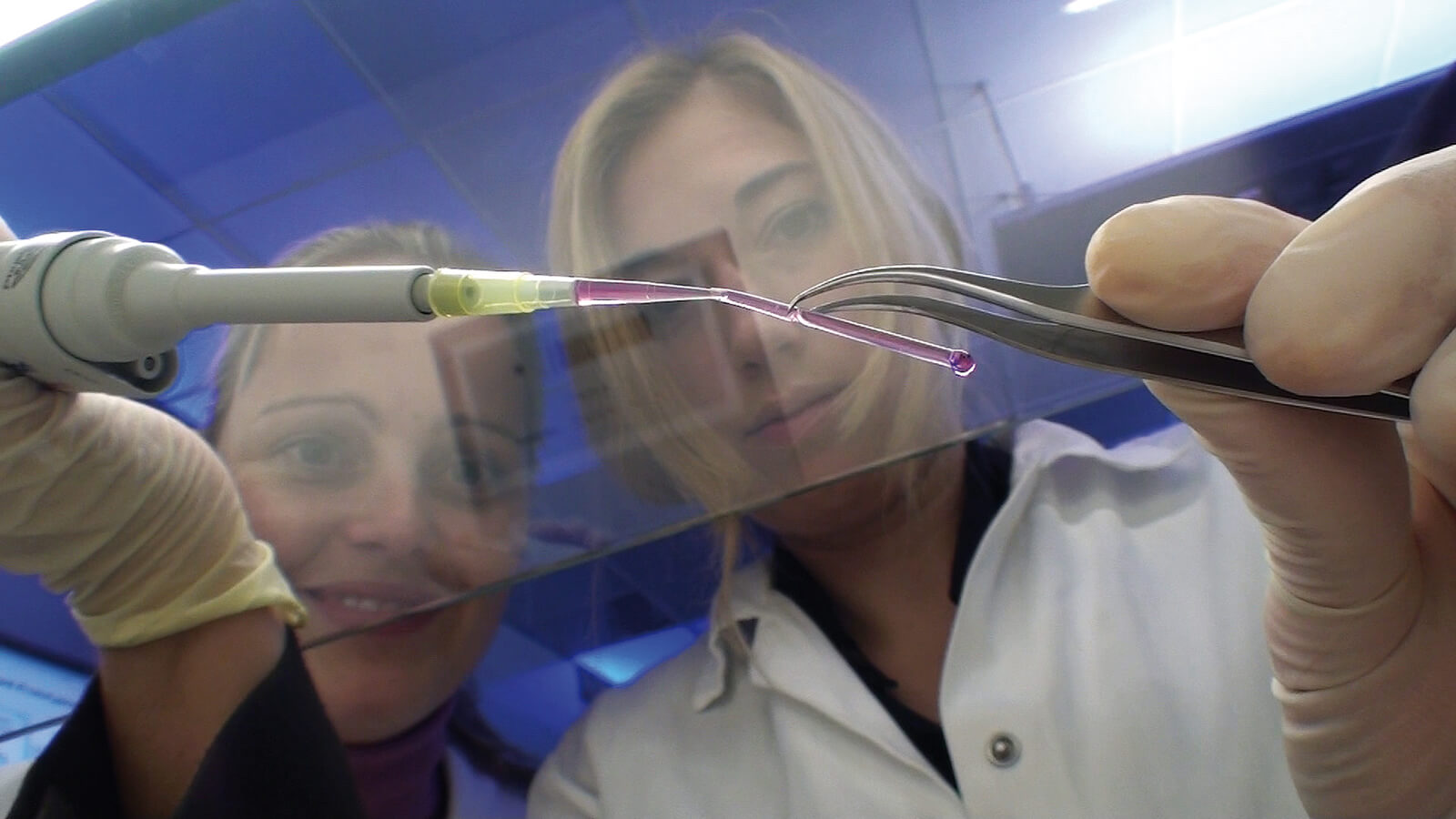German researchers are using new methods and materials in order to prepare artificial blood vessels that can supply necessary nutrients to artificial tissues and in the future even more complex organs

Researchers have been working on growing tissues and organs in the laboratory for a long time. Today, tissue engineering allows us to make artificial tissues, although science has not yet been able to do so with larger organs. Now, researchers from Germany's Fernhofer Research Institute are utilizing new methods and materials to prepare artificial blood vessels in a new venture that could provide necessary nutrients for artificial tissues and even more complex organs in the future.
In Germany alone, there are currently more than ten thousand patients in need of organ transplants waiting, starting from the beginning of this year alone, even though on average barely half of these transplants are actually carried out per year. The goal of tissue engineering is to create organs in the laboratory in order to provide new opportunities in this field. Unfortunately, researchers have not yet been able to develop artificial tissues that contain nutrients because they lack the necessary vascular system.
A joint team of researchers from Germany joined forces in 2009 to develop artificial blood vessels adapted to the human biological system. It seems that it is not possible to produce structures such as capillary blood vessels that are so tiny and complex, and especially the branches and the spaces between them. However, production engineering (industrial engineering and management) came to the rescue thanks to the rapid creation of a prototype capable of allowing the construction of components that are especially suitable for any complex XNUMXD model. Now, German researchers from the Fraunhofer Research Institute are working on turning this technology into the creation of tiny biological structures by combining two different methods: the XNUMXD printing technology from the field of rapid prototyping and multiphoton polymerization developed in polymer science.
A XNUMXD injection printer is able to quickly create solid XNUMXD structures from a wide variety of materials. It produces the required structure by placing layers of material in a defined way and then, these layers are chemically bonded using ultraviolet radiation. Already at this stage, microstructures can be created, but the XNUMXD printing technology is not yet accurate enough to create delicate and complex structures such as blood capillaries. This is the reason why these researchers combined the two technologies. The polymerization method uses short but powerful laser pulses that hit the material and excite the molecules in a very tiny and focused point so that a precise connection of the molecules occurs. The material becomes an elastic solid following the properties of the starting materials specially adapted by the researchers. In this way, elastic structures are built, extremely precise, according to a three-dimensional construction plan.
In order to make XNUMXD elastic solids you need to use the right material. This is the reason why the researchers developed special types of ink since the printing technology itself requires specially defined properties. The resulting blood vessels are required to be flexible and elastic and to react with the natural tissue without negative effects. For this reason, the synthetic tubes are biologically functional so that living blood cells can anchor in them. The scientists incorporated modified biomolecules - such as heparin and anchoring proteins - into the walls. In addition, they developed inks consisting of hybrid materials that include a mixture of synthetic polymers and biomolecules from the very beginning. The next step refers to endothelial cells (coating cell layer) that make up the innermost layer of the wall of each of the blood vessels in the body that are able to bind themselves in the tubular systems. The lead researcher explains: "The inner coating is important to ensure that the blood components do not stick and can still move along the tube." Blood vessels can only function in the same way as their natural counterpart to direct the nutrients to their destination.
The practical preparation of the finished production components is no less significant for the success of the project than the new materials and their production methods. Researchers must accurately calculate the design of these structures and the pathways of the vascular systems in order to ensure optimal flow speeds while preventing blockages.
Researchers are still in the very early stages of this completely new technology of XNUMXD design of elastic biomaterials, while this technology provides a whole host of opportunities for future development.
